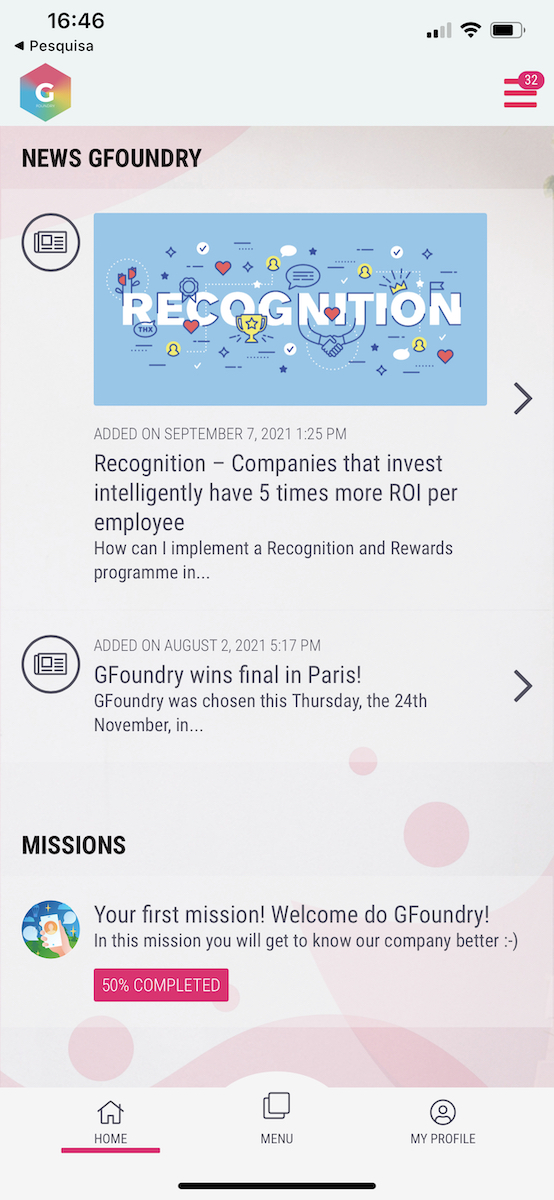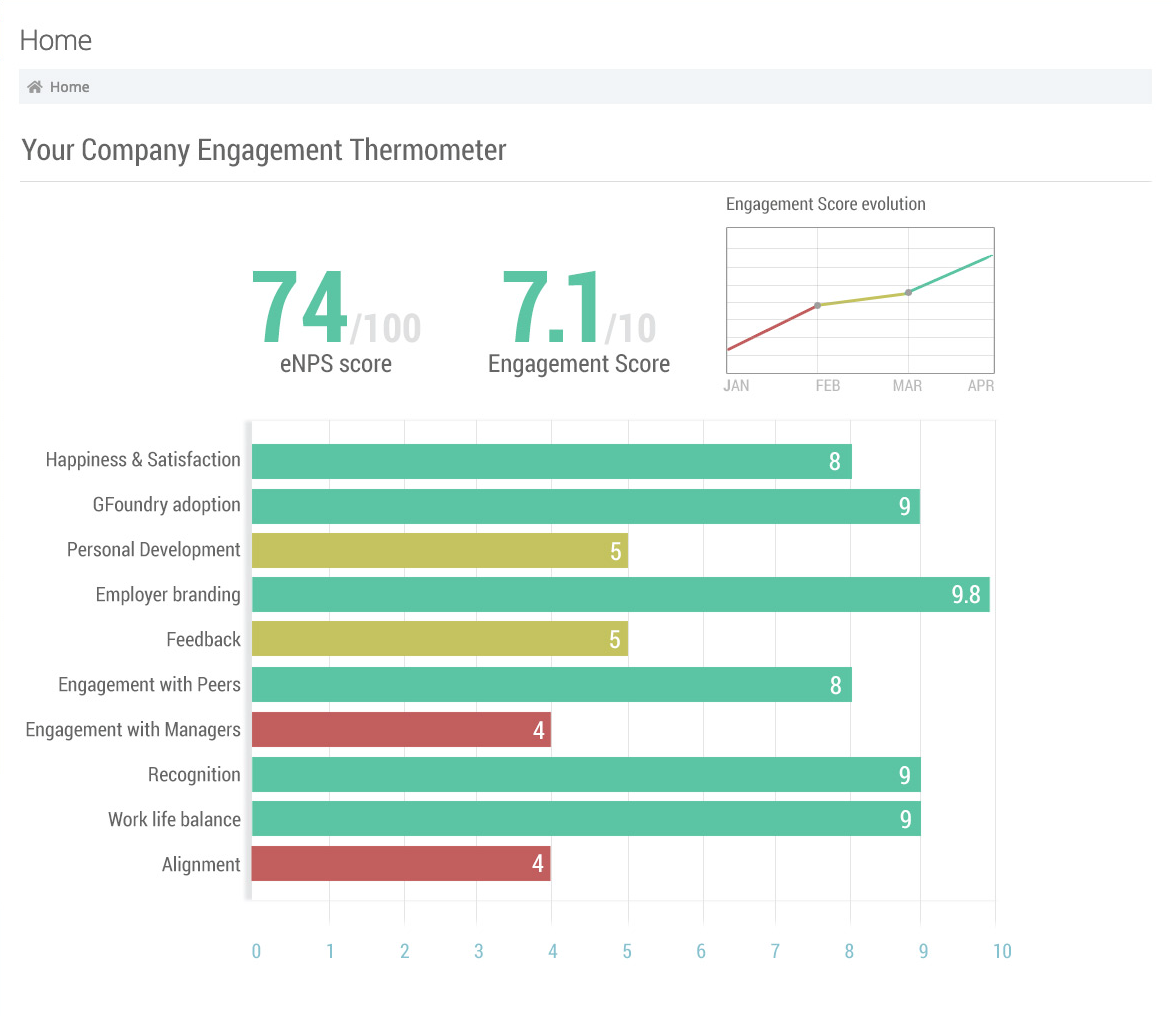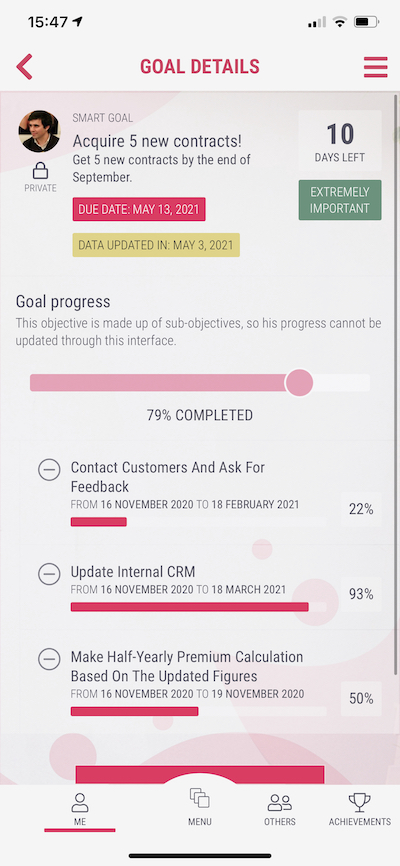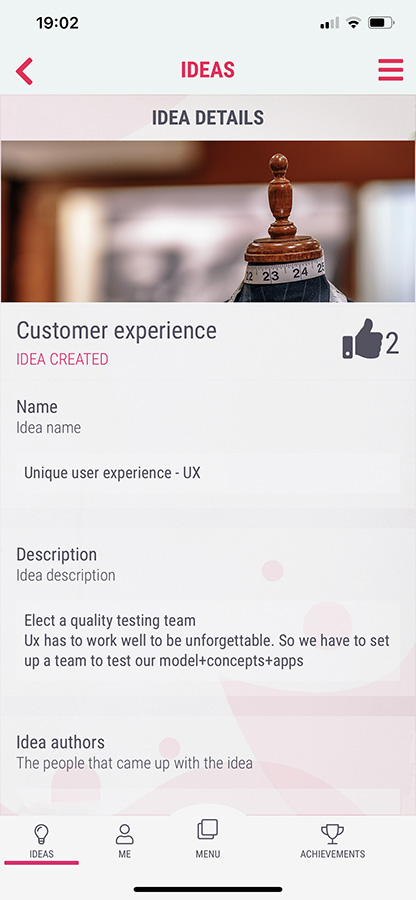
It is a common area between Communication/Marketing and Human Resources, having a strategic importance for the organisation. The main objective of internal communication is to keep employees aligned with the objectives, ideologies and strategies of the organisation as a whole, and it is important to analyse how it can be effectively implemented.
A well-structured and strategically planned internal communication has several benefits for the organisation. One of the benefits is directly related to the organisational climate – if internal communication is clear and transparent, employees will feel more involved with everything that the organisation wants to achieve, feeling part of that same challenge.
Also the integration of new employees into the organization becomes easier – with a positive and aligned organisational climate, new employees will feel welcomed and integrated, feeling more comfortable to ask questions or even make suggestions. Read our article “How to create Onboarding missions with the GFoundry platform” here.
Finally, it has a direct impact on productivity. With effective and clear internal communication, employees will be aligned with the short, medium and long-term goals of the organisation and will be more willing to work towards achieving them. When employees are aligned with the strategic vision, their work gains meaning and direction, and they clearly understand the impact of their roles on the overall goal of the company.
Do: Invest time in Internal Communication
For internal communication to be structured and effective, it is necessary to invest time in its planning. It is not only important to plan what kind of messages are important to transmit internally, but it is also essential to understand which channels are used, how often this communication is used, and also how feedback can be collected on how the communication is working internally.
This planning should not be done in the short term, but in the medium-long term, and it is also important to define the main objectives of this strategy. Is it to align all employees with the values? With the strategic vision? With the objectives? With the market strategy? Or with all of these?
Do: Listen to your employees and give them a voice
After the implementation of an internal communication strategy, it becomes crucial to listen to people. Just as it is important for a Marketing department to listen to consumers regarding their advertising, it is important for the person responsible for Internal Communication to understand what their performance is on the messages that are trying to be disseminated internally.
With this feedback, it is possible to adapt the strategy and continuously improve the communication that exists in the company, allowing even more promising results.
Furthermore, giving employees a voice in a more agile and direct way so that they can share their ideas and suggestions allows innovation processes within the organisation to become more frequent and simpler. This possibility allows employees to feel more comfortable sharing their ideas and suggestions for improvement, which can lead to very interesting performance results.
Do: Adapt to changes!
Today, more than ever, the contexts in which we are inserted change from one day to the next. If prior to a pandemic period internal communication in the company could use physical communication channels (such as face-to-face meetings or events), today the key lies in the digitalisation of communication channels.
Being different from case to case, and from organisation to organisation, it is important that internal communication is adapted to the reality, in order to guarantee that all employees receive the same information, the same content, at the same time. This way, it is possible to avoid misunderstandings and even internal misinformation.
Don’t: Complicate contact between departments
One of the main mistakes made by organisations is to bureaucratise communication between departments / areas / teams. Depending on the organisational structure, it is important that everyone is in contact. Not only does it allow for more efficient contact between different structures in the organisation, it also facilitates the sharing of information and messages between people.
An organisation that bureaucratises communication tends to create more internally isolated groups, leading to more withholding of important information between different groups.
Don’t: Use only email as internal communication channel
The messages transmitted internally may be on various themes and subjects. Therefore, it is important to understand which communication channels are the most efficient for each topic.
Very often, email is used as the main tool for internal communication. However, email is also a work tool, where employees may receive messages related to their functions, causing corporate information to be left aside.
Thus, it is important to understand what other channels you have at your disposal to communicate important messages for the organization, ensuring a general and common access to all, avoiding loss of information.
Don’t: Forget to share progress reports
Since it is important to share the strategic objectives of the company, and align all employees with these same objectives, it also becomes extremely relevant to share what their state of completion is.
In this way, employees will not only be aligned with the goals they have to achieve, but they will also be aligned with their degree of completion, and what efforts they will have to make to achieve them, feeling increasingly responsible for the organisation and its success.
How does GFoundry impact my Internal Communication?
GFoundry is a leading solution for Employee Engagement. More than just being a platform for gamification and employee engagement, it is also a tool for internal communication.
Not only can it represent a company’s information centre (in the same way that an intranet works), it can also function as the top layer that encompasses all the available platforms in the organization, making the employee experience more interactive and centralized.
Being a cross-platform solution (being available in web version and Android and iOS app), it allows employees to be in touch with their organisation directly through their phones.
In addition, GFoundry has very important tools for an efficient internal communication.
Push Notifications
With employees having access to an application on their smartphones, it is possible to send push notifications, either to all employees or only to a certain group. In this way, it is possible to transmit short messages in an agile and fast way.
Want to inform your employees about a meeting? A new piece of news? Or even wish them a good day at work? You can say anything you like!

News
On the homepage of the platform there is a News section. In this section, you can share any type of information with employees and it can also be filtered for certain groups within the organisation.
In the news, you can include text, images, PDFs, videos, or even links to other platforms, making it an important information centre for your teams. Do you need to communicate new training sessions? New events? New internal processes? New employees? You can communicate it all!
Engagement Thermometer
The Engagement Thermometer is an essential tool to understand the feedback from your employees regarding their connection with the organisation itself. This way, you will be able to have frequent and clear feedback on the level of employee engagement, being directly impacted by the effectiveness of internal communication.
You can learn more about the Engagement Thermometer here.


Surveys
With the Contributions Module, you can listen more directly to your employees, sharing internal questionnaires on how internal communication is working, what suggestions for improvement they may have, and even collect opinions on other types of messages that can be shared.
You can lear more about the Contributions Module here.
Goals
With the Goals Module, it is possible for the employee to have access to their individual objectives, team objectives and also their completion status.
In addition, and through the OKR (Objective Key Results) methodology, the employee will have greater insight into how their individual roles will impact the overall set of objectives of their team, their department and even their organisation, resulting in greater strategic alignment.
You can learn more about the Goals Module here.


Innovation
With the Innovation Module you can manage innovation processes within your organisation. Whether for a specific area of the organisation or for the structure as a whole, you can allow your employees to share ideas and suggestions for improvement in a simple and agile way.
Furthermore, all employees will be able to access the shared ideas, vote on the ones they like best, and even comment with feedback and new suggestions on the same idea!
This crowdsourcing model (model that uses the knowledge of your community) allows a greater involvement of your employees in the continuous improvement of your organisation’s processes.
You can learn more about the Innovation Module here.
Would you like to know more about how GFoundry can help your Internal Communication? Book a demo with us!
Keep on reading